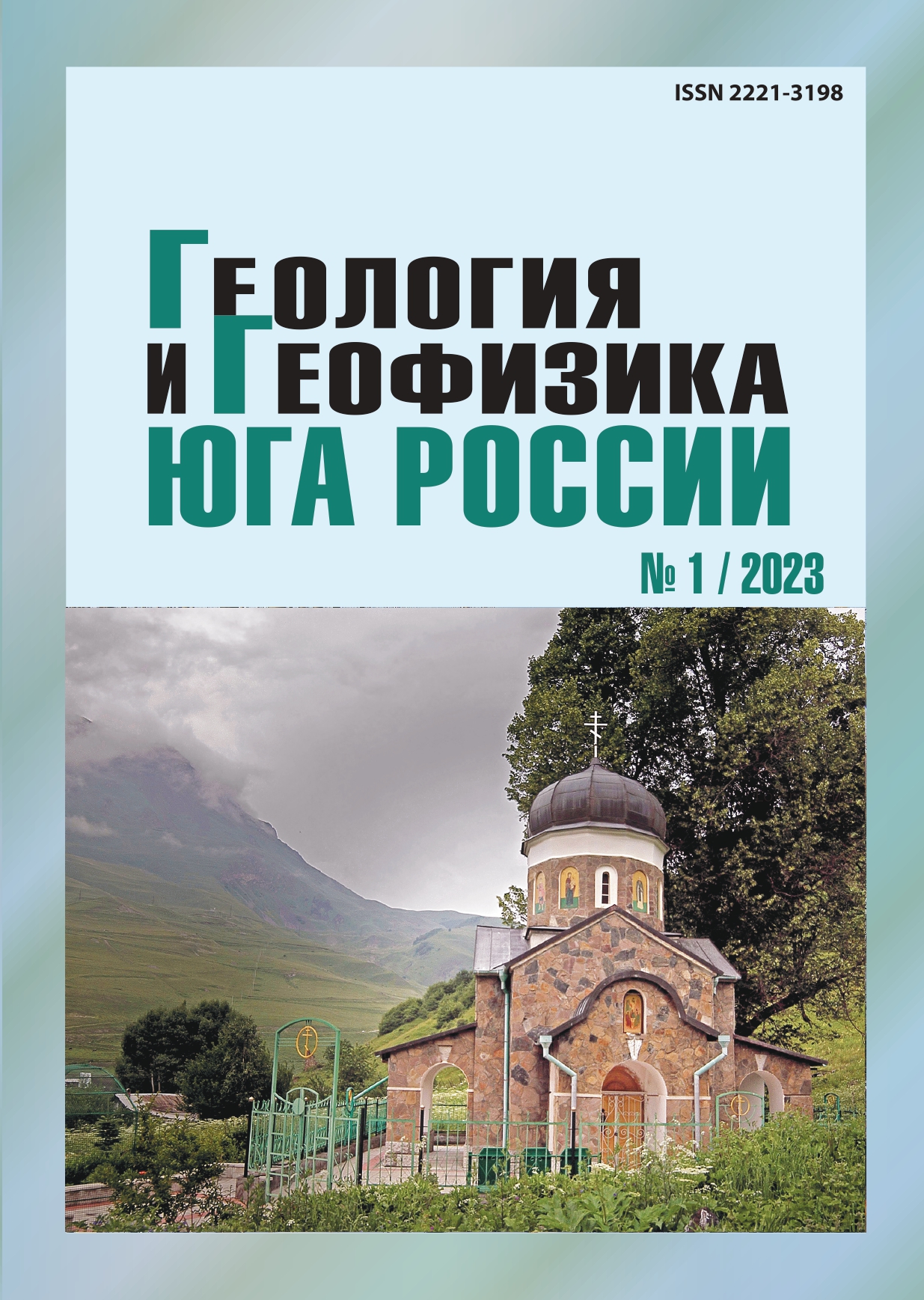Seismotectonics of the southern part of the Greater Caucasus Central segment
Abstract
Relevance. The zone of the southern slope of the Central segment of the Greater Caucasus is seismically very active; in recent decades, several strong earthquakes have occurred here; therefore, the study of its seismotectonics with the identification of the most active seismogenic structures is relevant. Aim. The purpose of the work is to study the relationship between the deep structures of the earth’s crust in the zone of the southern slope of the Central segment of the Greater Caucasus, identified from the analysis and synthesis of geological and geophysical materials, with the nature of its seismicity, and substantiation of possible geodynamic models of its development. Methods. The methods and methodology of the work consisted in summarizing the materials on the tectonic structure, seismicity, GPS geodynamics and features of the focal mechanisms of earthquakes in the southern part of the Central segment of the Greater Caucasus with the substantiation of the seismotectonic model of its key areas. Results: On the basis of the conducted studies, it was established that the main seismogenic structures in the southern part of the Central segment of the Greater Caucasus are the Dzirulsky and Kutaissky high-density blocks of the consolidated earth’s crust. These structures, along with the general trend of tectonic stresses of the north-northeast direction, associated with the movement of the Transcaucasian plate in this direction, determined the formation of local level tectonic stress fields responsible for the formation of earthquake source zones. Seismotectonic structures of higher orders are also deep faults, especially delimiting rheologically heterogeneous structures, one of which is the Oniisky fault, which is the northwestern boundary of the Dzirulsky block. The most seismically active Ambrolaursky and Tkibulsky seismically active nodes are identified, which manifest themselves as areas of concentration of earthquake epicenters and are located respectively to the west of the northwestern corner of the Dzirulsky block and in the eastern part of the Kutaissky block, within which strong earthquakes can be expected.


